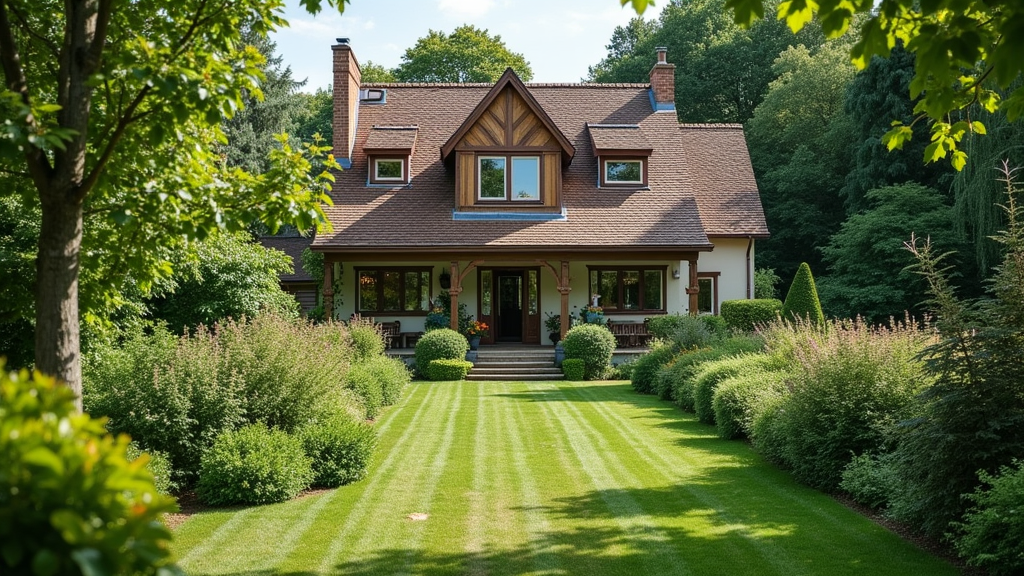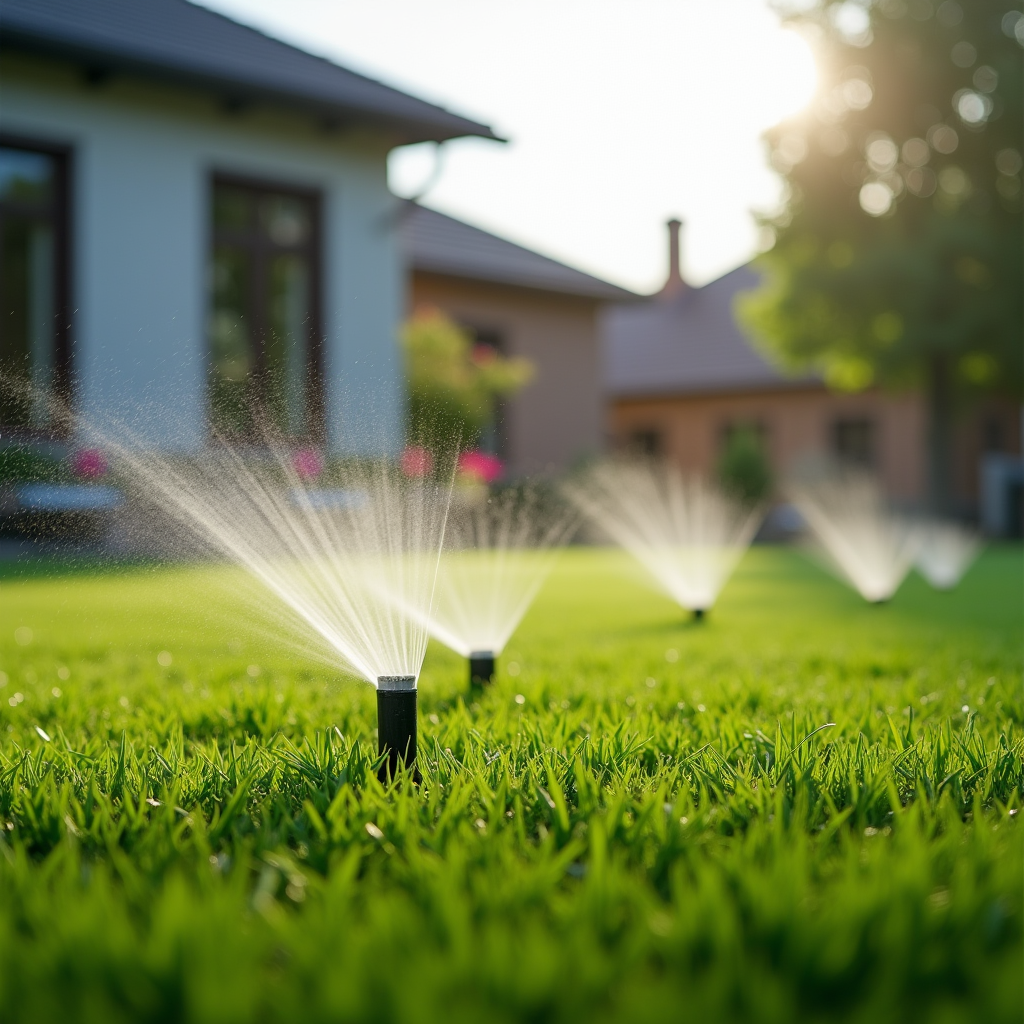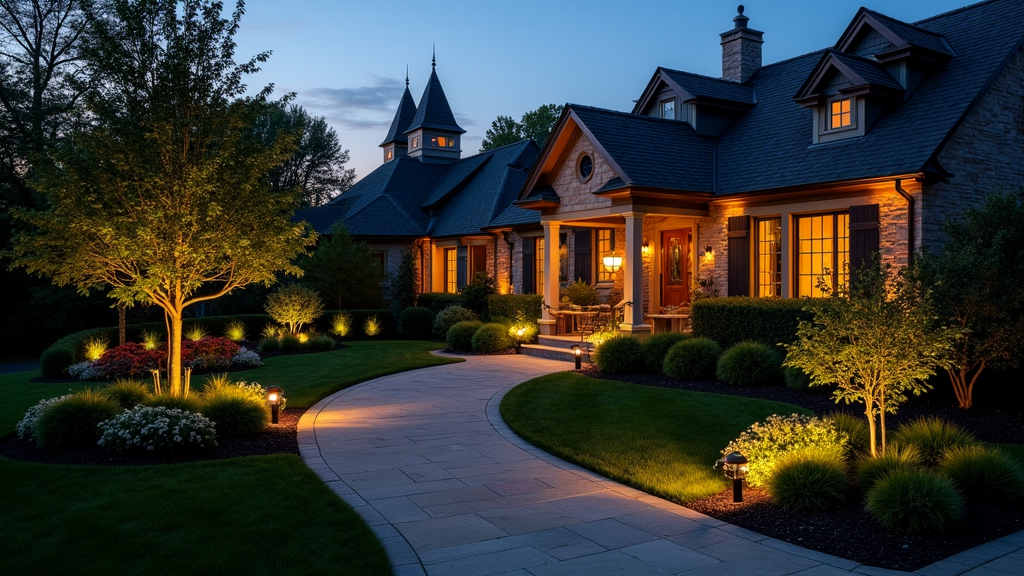Introduction
When it comes to landscape design, one of the most captivating aspects is the ability to create an environment that dazzles throughout the year. It’s not just about planting a few flowers and trimming the grass; it involves a thoughtful approach to designing landscapes that showcases seasonal beauty while maintaining functionality. In this comprehensive guide, we will explore various strategies, techniques, and tips to achieve a stunning landscape that appeals year-round.
Mastering the Art of Seasonal Landscaping: Year-Round Appeal
At its core, mastering the art of seasonal landscaping means understanding how different plants and design elements can complement each other throughout the seasons. From vibrant spring blooms to cozy autumn hues, each season brings its own charm. The key is creating a cohesive design that flows seamlessly across these transitions.
Understanding Seasonal Changes in Landscaping
The Four Seasons and Their Impact on Landscape Design
Each season provides unique opportunities for landscape enhancement:
- Spring: Bursting with color as flowers bloom and trees regain their foliage. Summer: A time for lush greenery, filled with vibrant colors and textures. Autumn: A spectacular display of reds, oranges, and yellows. Winter: A blank canvas that can be adorned with evergreen plants and subtle lighting.
By appreciating these seasonal shifts, you can create more dynamic landscapes.
How Climate Influences Seasonal Landscaping
Climate plays a pivotal role in what plants thrive during specific seasons. Understanding your local climate zones—be it temperate, tropical, or arid—will help you make informed decisions about which plants to incorporate into your designs.
Planning Your Year-Round Landscape Design
Setting Goals for Seasonal Appeal
Before embarking on your landscaping journey, it's essential to set clear goals. Ask yourself:
- What do I want my landscape to convey? How much time can I dedicate to maintenance? Do I prefer native plants or exotic species?
Answering these questions will guide your design process significantly.

Creating a Seasonal Calendar for Planting
A well-planned seasonal calendar ensures that you're https://jsbin.com/hoheticibe planting at the right times for optimal growth. Here’s a quick overview:

| Season | Planting Tasks | Maintenance Tasks | |----------|---------------------------|------------------------| | Spring | Plant annuals & perennials| Fertilize & weed | | Summer | Maintain existing plants | Water frequently | | Autumn | Plant bulbs & shrubs | Rake leaves & mulch | | Winter | Plan for next year | Protect delicate plants |
Selecting Plants for Year-Round Interest
Choosing Perennials vs. Annuals
While both types of plants have their merits, incorporating perennials can provide long-lasting interest due to their resilience over multiple seasons. Annuals like petunias can add bursts of color but require replanting every year.
Perennial Favorites
Daylilies Black-eyed Susans HostasAnnual Beauties
Marigolds Geraniums ImpatiensIncorporating Evergreen Plants into Your Design
Evergreens are invaluable in winter landscapes as they provide structure and color when most other plants are dormant. Consider using varieties such as:
- Spruce Pine Juniper
Design Elements That Enhance Seasonal Landscapes
Hardscaping: The Foundation of Your Landscape
Incorporating hardscaping elements like patios, pathways, and retaining walls adds functionality and aesthetic appeal year-round.
Material Choices for Hardscaping
- Natural stone: Timeless and blends well with nature. Pavers: Versatile and available in various styles.
Water Features: Adding Serenity Throughout Seasons
A pond or fountain can transform your garden into a peaceful oasis while attracting wildlife throughout the year.
Utilizing Color Theory in Seasonal Landscapes
Color adds depth and emotion to your landscape design, so understanding color theory becomes essential.
Warm vs. Cool Colors in Landscaping Design
Warm colors (reds, oranges) create inviting spaces while cool colors (blues, greens) evoke calmness—a balance between these is necessary for seasonal appeal.
Lighting Up Your Landscape All Year Round
Proper lighting not only enhances nighttime aesthetics but also highlights key features within your landscape during all seasons.

Types of Outdoor Lighting Options
Pathway lights: Guide visitors safely. Uplighting: Accentuates trees or structures. Spotlights: Draw attention to focal points.Maintaining Your Seasonal Landscape Design
Regular Care Schedule for Optimal Health
Establishing a maintenance schedule ensures your landscape remains vibrant throughout each season:
- Weekly mowing during growing seasons Monthly watering checks Seasonal pruning based on plant needs
FAQ Section
Q1: How can I ensure my landscape looks good in winter?
A1: Incorporate evergreens and consider adding seasonal decorations like wreaths or lights.
Q2: What should I plant in fall for spring blooms?
A2: Bulbs like tulips and daffodils thrive when planted in fall!
Q3: How do I choose colors for my seasonal landscaping?
A3: Use warm colors for inviting spaces; cool colors offer tranquility—balance is key!
Q4: Is hardscaping necessary in landscape design?
A4: Yes! Hardscaping provides structure and functionality along with visual appeal!
Q5: Can water features be maintained easily?
A5: Most water features require regular cleaning but are manageable with proper care routines!
Q6: How often should I fertilize my garden?
A6: Typically once every season but consult individual plant needs!
Conclusion
Mastering the art of seasonal landscaping offers endless possibilities—transforming outdoor spaces into stunning representations of nature's beauty throughout the year! By understanding seasonal changes, selecting appropriate plants, utilizing effective design principles, and committing to maintenance routines, you’ll ensure your landscape remains captivating no matter what season it is! Begin planning today; after all, every great garden starts with an idea!